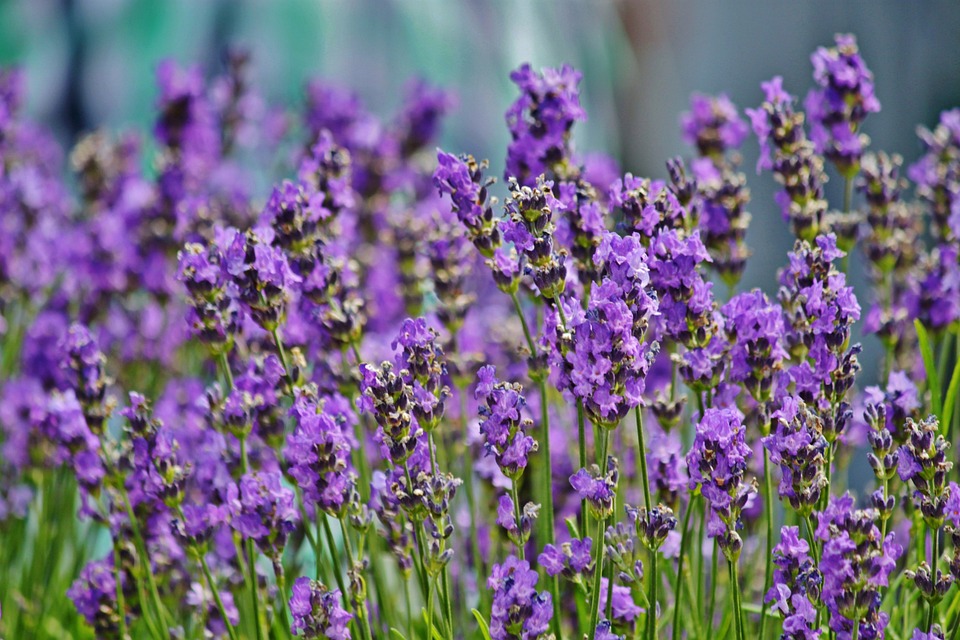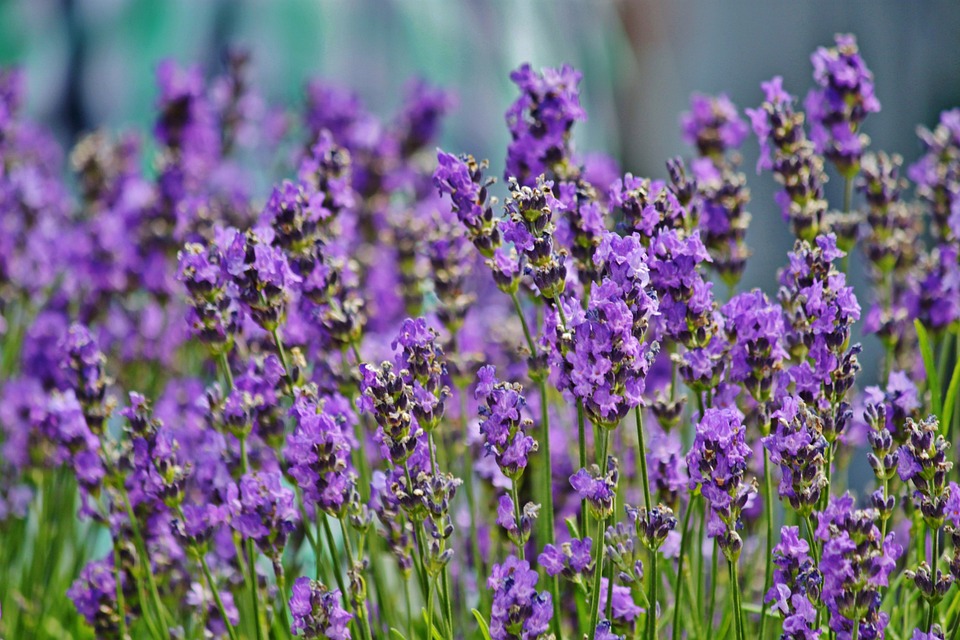In the rugged and remote corners of Indonesia, a formidable predator reigns supreme, commanding respect and awe.
The Komodo dragon (Varanus komodoensis), the largest living lizard on the planet, stands as a symbol of untamed wilderness and the delicate balance of nature.
These ancient reptiles, often referred to as “guardians” of their habitats, play a crucial role in maintaining the ecological equilibrium of Indonesia’s wild frontiers.
This article delves into the fascinating world of Komodo dragons, exploring their biology, ecological significance, cultural impact, and the conservation challenges they face.
I. Introduction: The Majesty of Komodo Dragons

The Komodo dragon, with its imposing size and fearsome reputation, has captivated the imagination of explorers, scientists, and nature enthusiasts for generations.
Endemic to a few Indonesian islands, these reptiles are living relics of a prehistoric era, showcasing the power and resilience of nature.
Understanding the role of Komodo dragons as guardians of their environment provides valuable insights into the intricate dynamics of their ecosystems and underscores the importance of conservation efforts.
II. Biological Marvels: Anatomy and Physiology

A. Size and Physical Characteristics
Komodo dragons are the titans of the lizard world, with males often reaching lengths of up to 10 feet and weighing over 150 pounds.
Their robust, muscular bodies are supported by powerful limbs, enabling them to tackle large prey and traverse diverse terrains.
The skin of a Komodo dragon is thick and covered in armored scales, providing protection against injuries and environmental hazards.
B. Sensory Adaptations
Komodo dragons possess an array of sensory adaptations that make them effective predators.
Their keen sense of smell, facilitated by a highly developed Jacobson’s organ, allows them to detect the scent of carrion from miles away.
Their forked tongues, flicked continuously, capture scent particles in the air, providing detailed chemical information about their surroundings.
Additionally, their sharp vision and acute hearing enhance their ability to locate prey and navigate their environment.
C. Venom and Saliva
One of the most fascinating aspects of Komodo dragon biology is their venomous bite.
Contrary to the earlier belief that bacteria in their saliva caused deadly infections, recent research has revealed that Komodo dragons possess venom glands that produce a complex cocktail of toxins.
These toxins induce shock, reduce blood pressure, and prevent blood clotting, weakening their prey and making it easier to capture and consume.
III. Behavior and Ecology: Guardians of Their Ecosystems

A. Hunting Strategies and Diet
Komodo dragons are apex predators, employing a combination of stealth, power, and patience to capture their prey.
They are known for their ambush tactics, lying in wait for hours before launching a sudden and deadly attack.
Their diet is diverse, including deer, wild boar, birds, and even smaller Komodo dragons.
As opportunistic feeders, they also scavenge on carrion, playing a crucial role in cleaning up their environment and preventing the spread of disease.
B. Social Structure and Territory
Despite their solitary hunting habits, Komodo dragons exhibit complex social behaviors, particularly during feeding.
Dominance hierarchies are established through displays of aggression, including hissing, tail lashing, and biting.
These interactions determine access to food and mating opportunities, ensuring that the strongest individuals pass on their genes.
C. Reproduction and Lifespan
Komodo dragons reach sexual maturity around the age of seven to ten years.
Mating typically occurs between May and August, with females laying clutches of up to 30 eggs in burrows or abandoned nests.
The incubation period lasts approximately eight months, after which the hatchlings emerge.
Juvenile Komodo dragons are vulnerable to predation and spend their early years in trees, where they are safer from larger predators, including adult Komodo dragons.
In the wild, Komodo dragons can live for over 30 years.
IV. Ecological Role: Keystone Species
A. Regulating Prey Populations
As apex predators, Komodo dragons play a critical role in regulating the populations of their prey species.
By controlling the numbers of herbivores like deer and wild boar, they help maintain the balance of vegetation in their habitats.
This regulation prevents overgrazing, promoting plant diversity and the overall health of the ecosystem.
B. Scavenging and Nutrient Cycling
Komodo dragons’ scavenging behavior contributes to nutrient cycling within their ecosystems.
By consuming carrion, they recycle nutrients back into the soil, supporting plant growth and sustaining the food web.
Their role as scavengers also helps prevent the spread of disease by quickly disposing of animal carcasses.
C. Biodiversity Support
Through their predatory and scavenging activities, Komodo dragons indirectly support a wide range of species within their habitats.
Their presence ensures that no single species becomes overly dominant, fostering a rich and diverse ecosystem.
This biodiversity is crucial for the resilience and stability of the environment, especially in the face of changing climatic conditions.
V. Cultural Significance: Legends and Lore
A. Mythology and Folklore
Komodo dragons have long been a part of Indonesian culture and mythology.
Local legends often depict these formidable creatures as guardians of the land, possessing supernatural powers and wisdom.
These stories reflect the deep respect and awe that the indigenous people have for Komodo dragons, viewing them as both protectors and symbols of nature’s untamed spirit.
B. Modern Symbolism
Today, Komodo dragons have become iconic symbols of Indonesia’s natural heritage.
They attract tourists from around the world, eager to witness these majestic reptiles in their natural habitat.
This interest has spurred efforts to protect and preserve Komodo dragons, recognizing their importance not only to the environment but also to Indonesia’s cultural and economic well-being.
VI. Conservation Challenges: Protecting the Guardians
A. Habitat Loss and Human Encroachment
The greatest threat to Komodo dragons is habitat loss due to human activities such as deforestation, agricultural expansion, and development.
As their natural habitats shrink, Komodo dragons are forced into smaller areas, increasing the risk of human-wildlife conflict.
This encroachment also disrupts their hunting and breeding activities, threatening their survival.
B. Climate Change
Climate change poses significant challenges to Komodo dragons and their ecosystems.
Rising temperatures and changing weather patterns can alter the availability of prey and suitable habitat.
Sea level rise also threatens the low-lying islands where Komodo dragons live, potentially leading to habitat loss and population decline.
C. Poaching and Illegal Trade
Despite legal protections, Komodo dragons are still at risk from poaching and illegal wildlife trade.
Their unique appearance and fearsome reputation make them targets for collectors and traders, posing a serious threat to wild populations.
Conservation efforts must address these illegal activities to ensure the long-term survival of Komodo dragons.
VII. Conservation Efforts: Strategies and Successes
A. Protected Areas and National Parks
Komodo National Park, established in 1980, serves as a sanctuary for Komodo dragons and their habitats.
The park encompasses several islands, providing a safe haven for these reptiles and protecting them from human encroachment.
Strict regulations and enforcement measures help preserve the integrity of the park and its ecosystems.
B. Community Involvement and Education
Successful conservation of Komodo dragons requires the involvement of local communities.
Education programs raise awareness about the importance of protecting these reptiles and their habitats, fostering a sense of stewardship among residents.
Sustainable development initiatives also provide alternative livelihoods, reducing the pressure on natural resources and promoting coexistence between humans and wildlife.
C. Research and Monitoring
Ongoing scientific research is essential for understanding the behavior, ecology, and health of Komodo dragon populations.
Monitoring programs track changes in population size, distribution, and genetic diversity, providing valuable data for conservation planning.
Collaboration between researchers, conservationists, and local authorities enhances the effectiveness of these efforts.
VIII. The Future of Komodo Dragons: Challenges and Opportunities
A. Balancing Conservation and Development
The future of Komodo dragons depends on finding a balance between conservation and development.
Sustainable practices, such as ecotourism and habitat restoration, can support both environmental and economic goals.
Policies that integrate conservation into development planning are crucial for ensuring the long-term survival of Komodo dragons and their ecosystems.
B. Adapting to Climate Change
Addressing the impacts of climate change requires adaptive management strategies.
Protecting and restoring habitats, creating wildlife corridors, and reducing greenhouse gas emissions are vital for mitigating the effects of climate change on Komodo dragons.
Collaborative efforts at local, national, and global levels are necessary to address this complex challenge.
C. Strengthening Legal Protections
Enhancing legal protections for Komodo dragons and their habitats is essential for combating poaching and illegal trade.
Strengthening enforcement measures, increasing penalties for violations, and improving international cooperation can help reduce the threats posed by these activities.
Public support and advocacy also play a critical role in driving policy changes and conservation action.
IX. Conclusion: Guardians of a Fragile Frontier
Komodo dragons, the guardians of Indonesia’s wild frontiers, are more than just apex predators.
They are keystone species that maintain the balance of their ecosystems, cultural icons that inspire respect and awe, and symbols of the untamed spirit of nature.
Protecting these magnificent reptiles is not only an ecological imperative but also a testament to our commitment to preserving the natural world for future generations.
In essence, the survival of Komodo dragons hinges on our ability to balance human needs with the conservation of nature.
By safeguarding their habitats, addressing the threats they face, and fostering a deeper understanding and appreciation for these ancient guardians, we can ensure that Komodo dragons continue to roam the wild frontiers of Indonesia, embodying the resilience and majesty of nature.
This comprehensive article covers the biological, ecological, cultural, and conservation aspects of Komodo dragons, highlighting their importance and the efforts needed to protect them in the modern world.






